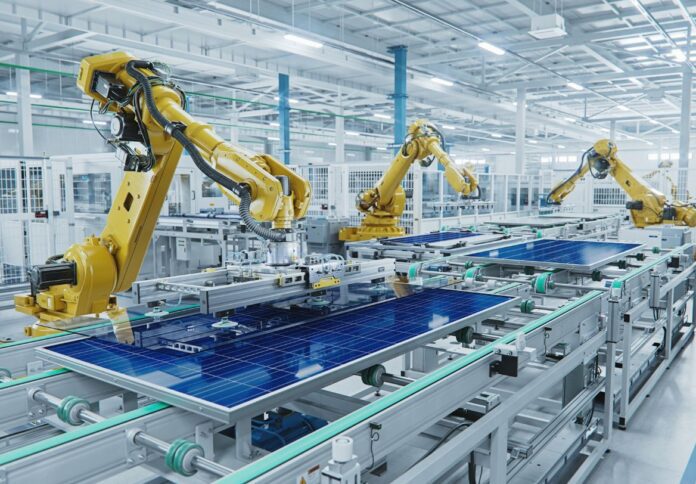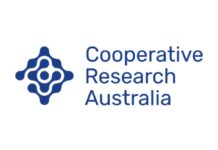
Australia’s manufacturing sector continued to experience a slight deterioration in operating conditions during May, according to the latest Purchasing Manager’s Index (PMI) data from Judo Bank.
The headline seasonally adjusted Judo Bank Australia Manufacturing PMI recorded 49.7 in May, a marginal rise from 49.6 in April, indicating a fourth consecutive month of declining conditions, albeit at a reduced pace.
Manufacturing production fell marginally as new orders declined less sharply. New export orders rose for the first time since late 2022, supporting a slight increase in employment and accumulation of finished goods.
Pre-production stock holdings continued to decrease, reflecting softened optimism among manufacturers, while price pressures intensified.
“Although the manufacturing output index remained just below the neutral level in May, it has shown a steady increase for three consecutive months since its cyclical low point in February,” said Matthew De Pasquale, economist at Judo Bank.
He continued, “This positive trend is mirrored in the new orders, which have also seen signs of improvement, increasing for two consecutive months.”
Higher prices and subdued market conditions negatively affected demand, though less severely than in April. Notably, new export orders increased due to higher new work inflows from clients in the US, Europe, and Asia.
This improvement in export conditions led Australian manufacturers to raise their workforce capacity in May, marking the first increase in headcounts since last October.
“With the slowdown in activity coming to a halt, we are starting to see an improvement in the sector’s employment indicator,” added De Pasquale.
“The manufacturing employment index surpassed the neutral 50.0 level in April for the first time in seven months, suggesting that manufacturers are no longer shedding labour,” he noted.
Purchasing activity contracted again in May, aligning with the fall in overall new orders and production.
The reduction in buying activity and manufacturers’ reluctance to hold additional raw materials and semi-finished items resulted in decreased stocks of purchases.
However, manufacturers accumulated finished goods following four months of depletion.
Lead times lengthened once more in May, attributed to disruptions in the Red Sea and supply shortages.
Despite the slower pace of lengthening lead times, transport costs rose again, alongside higher raw material and financing costs, leading to another increase in average input prices.
Australian manufacturers responded by raising their charges more quickly in May.
“The pick-up in manufacturing input and output price pressures is reflective of trends seen in recent official inflation data,” noted De Pasquale.
He added, “The input price index rose to 60.0, the highest level since November 2022, and the output price index, representing inflation of consumer prices, rose to its highest reading in over a year.”
Overall sentiment in the manufacturing sector remained positive in May, with firms expecting better market conditions, new product launches, and marketing efforts to drive sales in the coming year.
However, confidence eased to a six-month low amid concerns over heightened competition and rising prices.
“Despite the recovery in activity levels, the future output index, a proxy for business confidence, remains historically weak for the sector and has shown little improvement over the past six months,” said De Pasquale.
“The May Manufacturing PMI results point to improving conditions for Australia’s manufacturers over the year ahead. With real household disposable incomes rising in the second half of 2024 and global good price inflation stabilising, manufacturer conditions will likely continue to improve throughout the year.” he explained.




















